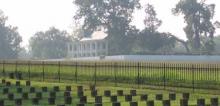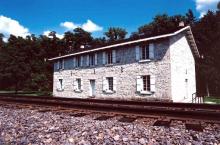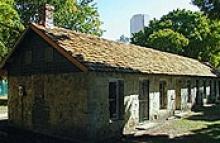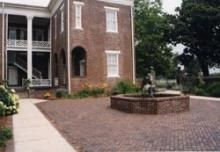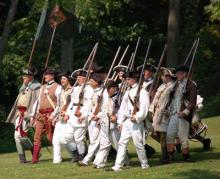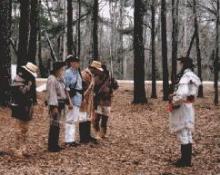Zachary Tolbert House

The Zacharys were among the first white settlers of Cashiers Valley, arriving in 1832 to carve a new homestead out of a mountain wilderness, previously a part of the vast Cherokee Nation of Western North Carolina. Mordecai Zachary was nine years old when his family settled in Cashiers. Among the many skills he learned from his father and older brothers was carpentry. In 1842, at the age of 19, he began clearing a tract of land bordering the Chattooga River, turning the felled trees into lumber at the family saw mill. In 1852, when the house was complete, Mordecai presented it as a wedding gift to his new bride, Elvira Keener.
Over the years, the Zachary house also became an inn for boarders as well as a summer retreat for several prominent families, including that of Confederate General Wade Hampton, III. The Zacharys sold the estate to Speaker of the House, Armistead Burt of Abbeville, S.C. Later, it was owned by two Parker family brothers and finally by the Tolberts of Abbeville and Charleston who occupied the house for most of the 20th century.
Today visitors can step into the past and delight in the artistry of the 19th century furniture, crafted by Mordecai Zachary, thought to be the largest collection of Plain Style furniture by a single maker.
The first floor includes a parlor where family and friends gathered, a dining room, complete with an original three-piece dining table, a bedroom, that includes original handcrafted bedsteads, and visitors’ center with a pictorial presentation of the extensive two-year renovation project.
Graffiti throughout the house marks such events as Charles Zachary’s first steps in 1870 and a fishing trip made by C. B. Fugate in 1871. Even such everyday events as a bath on a chilly February day are recorded on the walls – all priceless reminders of life in the 19th century.
In 1998, Tom and Wendy Dowden generously donated the building and its contents to the Cashiers Historical Society. Carefully reconstructed, the Zachary-Tolbert House opened as a public museum in 2001. The house is on the National Register of Historic Places.
















